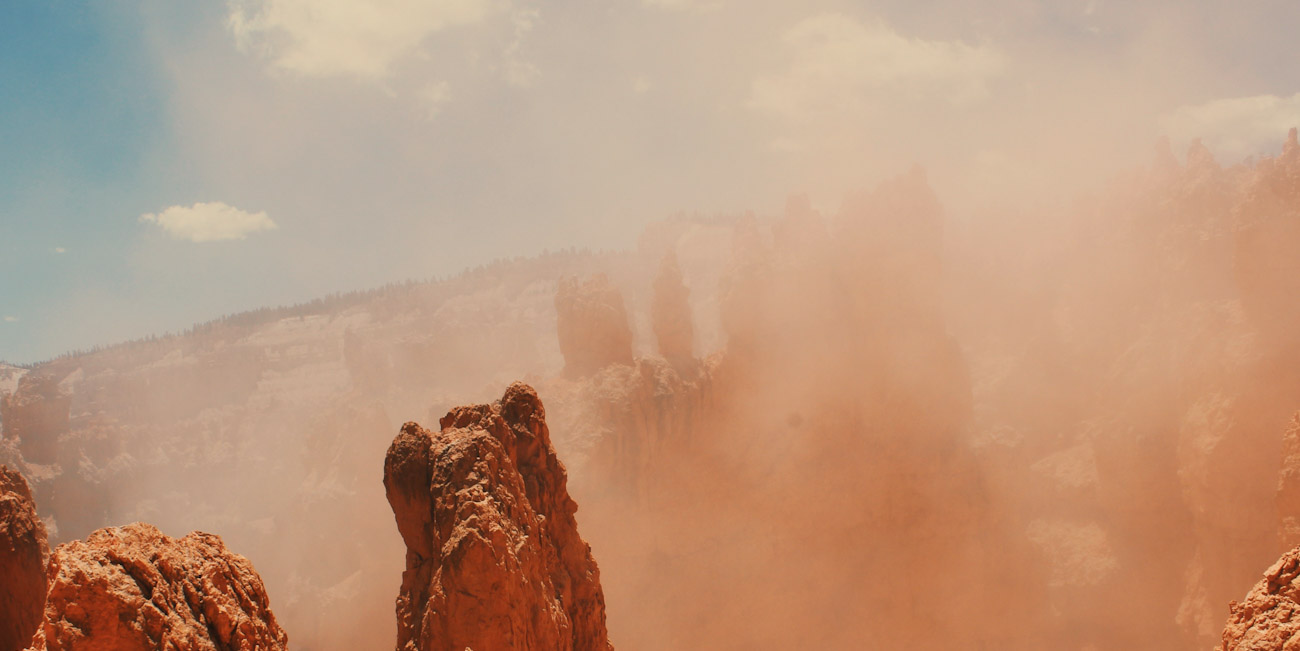
Children in the arid and desert parts of Australia may experience dust storms, also known as sand storms. They occur in certain weather conditions when winds are strong enough to raise dust particles from the ground into the air. They are more common during periods of drought.
Dust storms reduce visibility and can negatively affect the environment and people with health conditions.
Dust devils (also known as whirly winds, willy willies and dust whirls) are similar to dust storms, but they are localised and less intense. They look like narrow columns of swirling dust that reach up into the sky.
EYLF learning outcomes
Early childhood education services in areas with dust storms may incorporate them into their learning program. The Early Years Learning Framework promotes children connecting with place (4.4) and showing respect for the environment (2.4).
Learning experiences
Participate in DustWatch
DustWatch is a citizen-science program that monitors wind erosion and helps care for soil. You can participate by recording data and observations about dust in your local area.
Make a dust storm shaker
Place sand or dirt particles inside a clear plastic bottle. Put the lid on. Shake the bottle to make a storm!
Dance like dust
Listen to classical music. Children pretend they are small particles of dust being blown around by the wind.
Make a sand collage
Glue sand or dirt onto a piece of paper. Alternatively, add sand to pots of paint or glue. Can you make swirls with your paintbrush?
Resources
Picture books
Mallee Sky by Jodi Toering and Tannya Harricks
Websites
- National Geographic: What is dust?
- Bureau of Meteorology: What is a dust storm?
